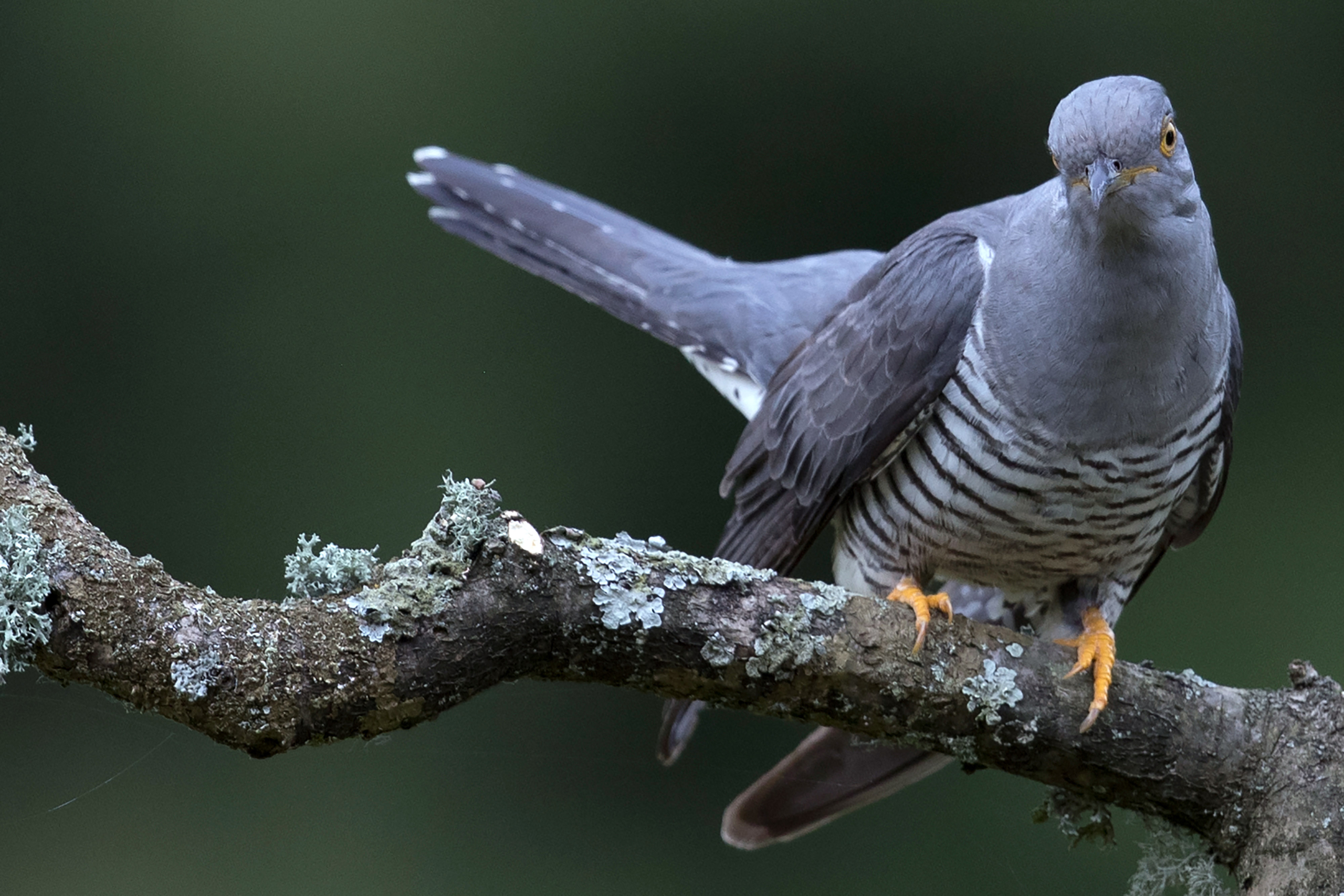By BRUCE SHIPKOWSKI Associated Press
A bird sighting on New York’s Long Island has avian enthusiasts flocking to the region in hopes of spotting a feathered friend that has never been seen before in the state.
The common cuckoo is typically found from Europe to Japan, with the majority of the population wintering in Africa. But one was recently spotted in Riverhead — a town on the north shore of Long Island about 75 miles (120 kilometers) from New York City — by a golfer who snapped a photo and sent it to his nephew, a birding enthusiast.
The information eventually was shared with the Cornell Lab of Ornithology in Ithaca, New York. Once the bird was confirmed as a common cuckoo, birders quickly shared the news in their communities.
The bird has since been spotted more than 200 times by enthusiasts who have noted their sightings on the birding site ebird.org and various social media sites, including the American Birding Association. Many people in other parts of the U.S. also have reported making special treks to the region in hopes of seeing it for themselves. The last confirmed sightings came late Sunday afternoon.
It’s not clear how or why the bird ended up in southern New York, or if it’s even still in the region. Experts say it’s a juvenile — meaning it hatched this spring or summer — so it’s reasonable to conclude it was trying to migrate for the winter but somehow got lost or blown off course.
The common cuckoo has been found only three other times in the eastern U.S. and Canada, experts said.
Jay McGowan, a curator at the Cornell Lab’s Macaulay Library, said Thursday that the bird may still be in the area, but if it has relocated, it may be unlikely anyone will happen across it again. He urged anyone who does see it to report their sightings to the birder community.
“This is definitely a major event for anyone birding in New York state, and unusual enough for the broader region,” McGowan said, adding that he’s not surprised to see many people are willing to make long trips to the area for a chance to see a bird they would otherwise be unlikely to see unless they went to Europe or Asia.
”If people see it, they shouldn’t approach too closely for photos, but otherwise it’s fairly tolerant of people and traffic,” McGowan said. “It looks a lot like a small hawk, like the common Cooper’s hawk, so don’t be fooled if you see one of those.”
